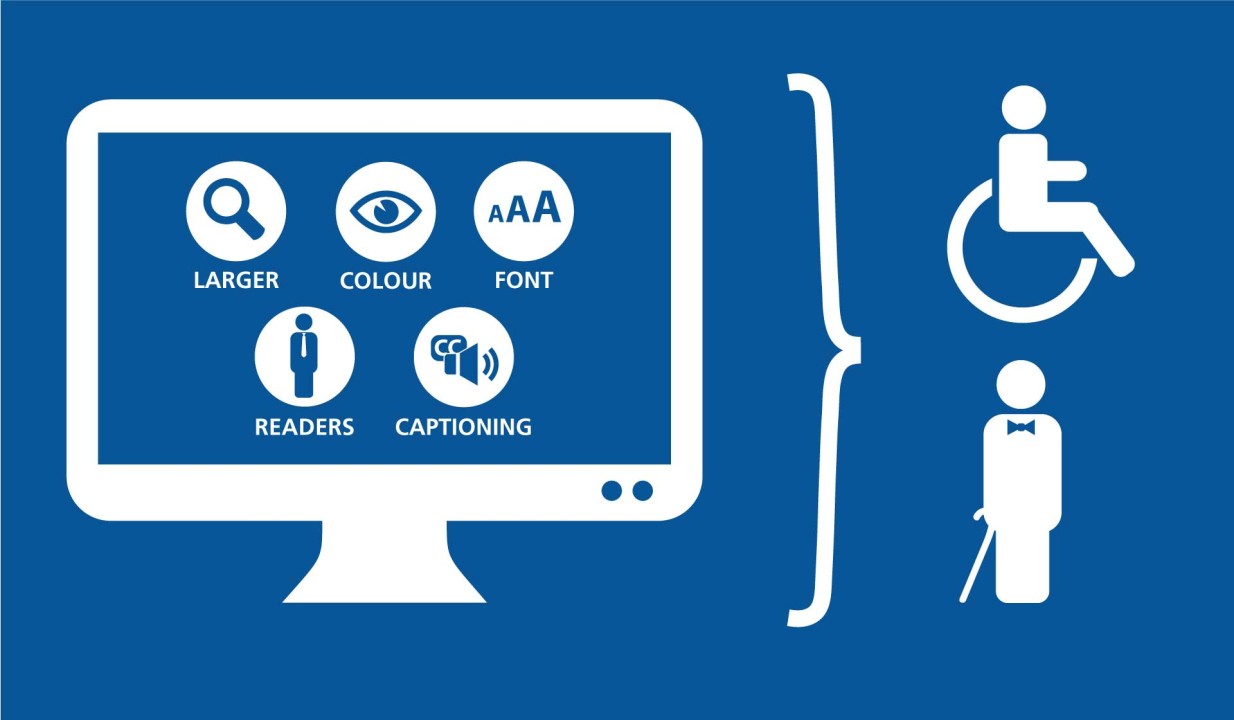Rise by Six: Your Daily Dose of Inspiration
Explore insights and stories that elevate your day.
Web Accessibility: Making Everyone Feel Welcome Online
Unlock the internet for everyone! Discover essential web accessibility tips to create an inclusive online experience for all users.
Understanding Web Accessibility: Key Principles and Guidelines
Understanding Web Accessibility is crucial for creating inclusive digital experiences. It involves designing websites that everyone, including people with disabilities, can access and use. The key principles of web accessibility are often encapsulated in the POUR guidelines: Perceivable, Operable, Understandable, and Robust. These principles ensure that content is presented in a way that all users can perceive, navigate, and understand, regardless of the technologies they utilize. Following these guidelines, web developers can enhance user experience and increase site reach and usability.
To implement web accessibility effectively, consider adopting the Web Content Accessibility Guidelines (WCAG). These guidelines provide a detailed framework to help you create accessible web content. Major areas to focus on include:
- Text alternatives for non-text content
- Keyboard accessibility for all functionalities
- Clear navigation and consistent layout
- Readable and understandable text

The Importance of Inclusive Design: Making Your Website Accessible for All
Inclusive design is essential in creating a website that accommodates a diverse range of users, including those with disabilities. By prioritizing accessibility, web designers can ensure that their online content is reachable to all, ultimately expanding their audience base. Implementing features such as alt text for images, keyboard navigation, and color contrast considerations can make a significant difference in user experience. Moreover, organizations that embrace inclusive design demonstrate their commitment to social responsibility and equity, fostering a more welcoming digital space.
Incorporating inclusive design principles not only benefits users with disabilities but also enhances the overall functionality of the website for everyone. By paying attention to usability and accessibility, web developers can create interfaces that are intuitive and easy to navigate. Key elements include:
- Responsive layouts that adapt to different screen sizes
- Clear and consistent navigation structures
- Content that is easily understandable and well-structured
Common Web Accessibility Challenges and How to Overcome Them
Web accessibility is crucial for ensuring that all users, regardless of their abilities, can effectively interact with online content. However, several common challenges often hinder accessibility efforts. For instance, inaccessible forms can pose significant barriers, making it difficult for users with disabilities to provide input. Additionally, poor color contrast can make text unreadable for individuals with visual impairments. To effectively address these issues, it's important to conduct regular accessibility audits and incorporate user feedback to identify specific pain points experienced by diverse audiences.
Another prevalent challenge involves inaccessible multimedia content. Many websites fail to provide captions or transcripts for videos, alienating users who are deaf or hard of hearing. To overcome this, creators should ensure that all multimedia elements are accompanied by appropriate alternatives. Implementing semantic HTML and adhering to the Web Content Accessibility Guidelines (WCAG) can also significantly enhance overall site usability. By taking proactive steps to address these common accessibility challenges, website owners can create a more inclusive online environment that benefits everyone.